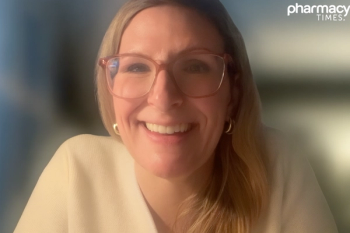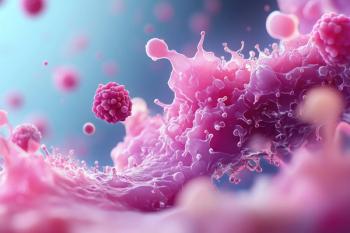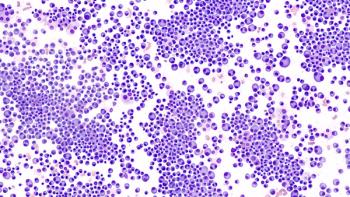
Patients With Cancer Facing Higher Rates of Loneliness, Depression During COVID-19 Pandemic
Loneliness and social isolation have been particularly significant problems for patients with cancer during the COVID-19 pandemic, likely due to isolation and social distancing, according to a study published in Cancer.
Loneliness and social isolation have been particularly significant problems for patients with cancer during the COVID-19 pandemic, likely due to isolation and social distancing, according to a study published in Cancer. According to its authors, this is the first study to evaluate loneliness, anxiety, depression, fatigue, and other symptoms in a single group of patients.
“We found that oncology patients were experiencing a deep sense of loneliness," said Christine Miaskowski, RN, PhD, a professor in the UCSF School of Nursing, in a prepared statement. “For these patients, the burden of their symptoms is extremely high, and oncology clinicians can suggest a number of strategies to help them. Patients should be encouraged to maintain contact with family and friends, and structure their daily routines when possible—through outdoor activities for example—as well as to maintain a healthy diet and sufficient sleep. These suggestions might mitigate some of the negative effects of loneliness.”
The study was conducted using a survey of 606 oncology patients conducted in May 2020, evaluating the severity of loneliness, social isolation, and related symptoms such as anxiety, depression, fatigue, sleep disturbance, cognitive dysfunction, and pain.
Overall, 53% of participants were categorized as having a high degree of loneliness, significantly higher than pre-pandemic levels (estimated to be between 32% and 47%). Approximately one-third had moderately high degrees of loneliness, and 5.3% reported high levels of depression.
The high-loneliness group was significantly more likely to be younger than the non-lonely group, and less likely to be married or partnered. They also had a higher number of comorbidities, and were more likely to report a diagnosis of depression and back pain. Lower levels of household income were associated with higher levels of loneliness, which the authors suggest could be due to individuals with higher incomes having more opportunities to engage in social activities and reciprocate in social relationships.
Nearly 83% of the patients in the lonely group had been diagnosed with breast cancer. One-third were currently in cancer treatment, and one-quarter had metastatic disease. Nearly 92% of the participants were female, which meant the authors could not draw conclusions based on sex differences.
The majority of participants were White, well-educated, and had an annual income of $60,000 or more. As such, the authors said, their findings may not be representative of all patients with cancer, and symptoms could be higher in patients who are socioeconomically disadvantaged.
REFERENCE
Cancer patients lonely and depressed during COVID [news release]. EurekAlert; May 6, 2021. Accessed May 10, 2021.
Newsletter
Stay informed on drug updates, treatment guidelines, and pharmacy practice trends—subscribe to Pharmacy Times for weekly clinical insights.


















































































































































































































